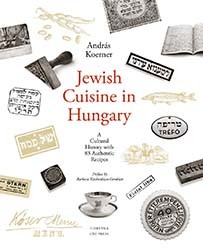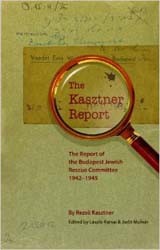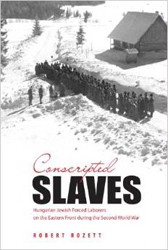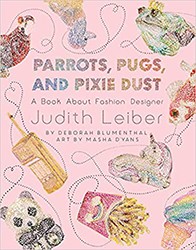Readers familiar with the work of András Koerner, whose encyclopedic Jewish Cuisine in Hungary won the National Jewish Book Award in 2019, might wonder if the author has exhausted his topic. But with Early Jewish Cookbooks, Koerner proves there’s always room for more. In eight essays he homes in on Jewish recipes and cookbooks in nineteenth century Europe, especially Hungary. After all, Hungary’s first Jewish cookbook was the third to be published anywhere in the world; and throughout the nineteenth century, Hungary remained a leading publisher of Jewish cookbooks. But that first Jewish cookbook was actually written by a Catholic chef in 1815. Why did hewrite it? What makes a cookbook Jewish if the writer isn’t? Who was the audience for such cookbooks and what information were they seeking? Was the purpose of a “Jewish” cookbook to adapt haute cuisine for the kosher home, or to find recipes for traditional Jewish dishes, like challah or cholent?
Koerner may have set out to do a well-ordered history (identifying publishers, booksellers and, of course, authors of key cookbooks), but reality, he writes, set in quickly. Many cookbooks were published without any author attribution or under a pseudonym. Then the “author question” became overshadowed by the plagiarism problem; recipes were routinely recycled from one cookbook to another. Fortunately, Koerner knows his territory, so he makes useful observations. Jewish cookbooks of this period, for example, were more likely to have female authors, while non-Jewish cookbooks were usually written by men. The earliest Jewish cookbooks didn’t bother explaining how to set up a kosher kitchen, presumably because girls still learned from their mothers, whereas later books gave explicit directions. These particular insights offer a rare glimpse into the mindset of the cookbook buyer/user — which would make a great next project for Koerner.
Koerner follows each essay with a sampling of recipes from the cookbooks he’s highlighted, giving readers a chance to make their own discoveries. We might notice, for example, that cooks had to smash their own sugar — it wasn’t yet sold granulated. Some recipes mention unexpected ingredients, like anise, or parmesan and Swiss cheeses. Bread could be store-bought or homemade, but noodles and strudel dough were made at home. At times, Koerner identifies recipes as treyf because they mingle meat and fish (anchovies with chicken, for example), which might surprise some readers.
Better than the recipes, though, are Koerner’s stories. Consider his great-grandmother’s comment about the dubious kashrut of the food her daughter was making for her. “Whatever you give me is kosher,” she said. “I will not ask and you should not tell.” András Koerner may have come late to his calling as a culinary historian, but now he’s leaving us hungry for more.
Bettina Berch, author of the recent biography, From Hester Street to Hollywood: The Life and Work of Anzia Yezierska, teaches part-time at the Borough of Manhattan Community College.





